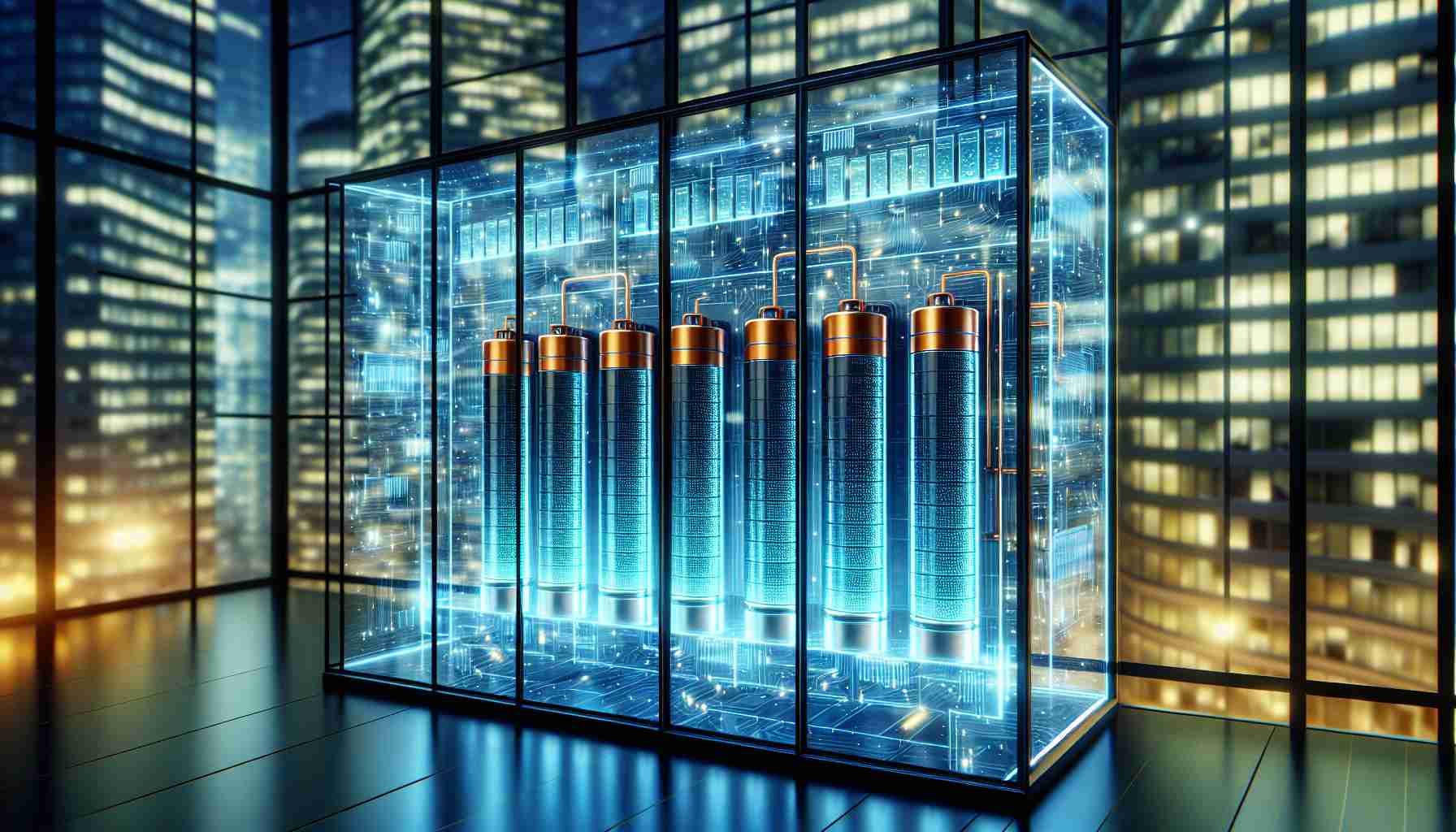Scientists at the Centre for Nano and Soft Matter Sciences (CeNS) in Bengaluru have developed a battery that can transform glass windows into affordable energy storage devices. They have successfully developed a cost-effective and high-performance water-based battery with color modulation properties that can be used in smart windows.
According to the Ministry of Science and Technology, “These windows remain fully transparent during the day while allowing sunlight into the room, simultaneously functioning as an energy storage system. At night, the accumulated energy can power electronic devices in the room, and the electrochromatic battery transitions into a dark blue state, providing privacy.”
The transparent battery features a unique design that utilizes an aluminum-ion battery technology. The project integrates an electrochromatic cathode optimized for thickness (170 nm) with tungsten trioxide (WO3) and aluminum as the anode, showcasing the charging and discharging process through visible transitions.
Dr. Ashutosh Kumar Singh, the lead scientist, stated that these transparent energy storage devices have great potential for integration into smart window applications, offering energy storage capabilities with adaptive transparency.
“The use of water-based electrolytes contributes to their low cost, high efficiency, and increased levels of safety, making them perfect for use in smart windows and energy storage applications in modern infrastructure. The eventual commercialization would require minimal investments. We can collaborate with potential manufacturers of smart glass to achieve this goal,” said Dr. Singh.
Their work has recently been published in the journal ACS Applied Energy Materials.
FAQ:
1. What function do the batteries developed by scientists serve?
The batteries are designed to transform glass windows into energy storage devices that can be used in smart windows.
2. What are the characteristics of the cost-effectiveness and efficiency of the battery?
The battery is cost-effective and high-performing.
3. What are the color modulation properties of the battery?
The battery has color modulation properties, meaning it can change color depending on its charge and discharge.
4. How does the charged and discharged state of the battery differ?
In the fully charged state, the window is transparent, allowing sunlight into the room. In the discharged state, the battery transitions into a dark blue state, providing privacy.
5. How does the charging and discharging process of the battery work?
The battery utilizes aluminum-ion battery technology and integrates an electrochromatic cathode with tungsten trioxide and aluminum as the anode, operating through visible transitions.
6. What are the potential applications of transparent energy storage devices?
Transparent devices can be integrated into smart window applications, offering energy storage capabilities with adaptive transparency.
7. What are the benefits of using water-based electrolytes in batteries?
The use of water-based electrolytes brings several benefits such as low cost, high efficiency, and increased safety. Water-based electrolytes are ideal for use in smart windows and energy storage applications.
Definitions:
– Centre for Nano and Soft Matter Sciences (CeNS) – a scientific institution in Bengaluru conducting research on nanotechnology and soft matter.
– Water-based battery – a type of battery that utilizes water electrolyte as a conducting medium.
– Color modulation – the change in color based on certain parameters, such as battery charge.
– Electrochromatic battery – a battery that changes its optical properties due to charging and discharging.
Suggested related links:
– Centre for Nano and Soft Matter Sciences (CeNS) – Link: [CeNS website](https://www.cens.res.in)
– ACS Applied Energy Materials – Link: [ACS Applied Energy Materials journal](https://pubs.acs.org/journal/aamick)
The source of the article is from the blog zaman.co.at
